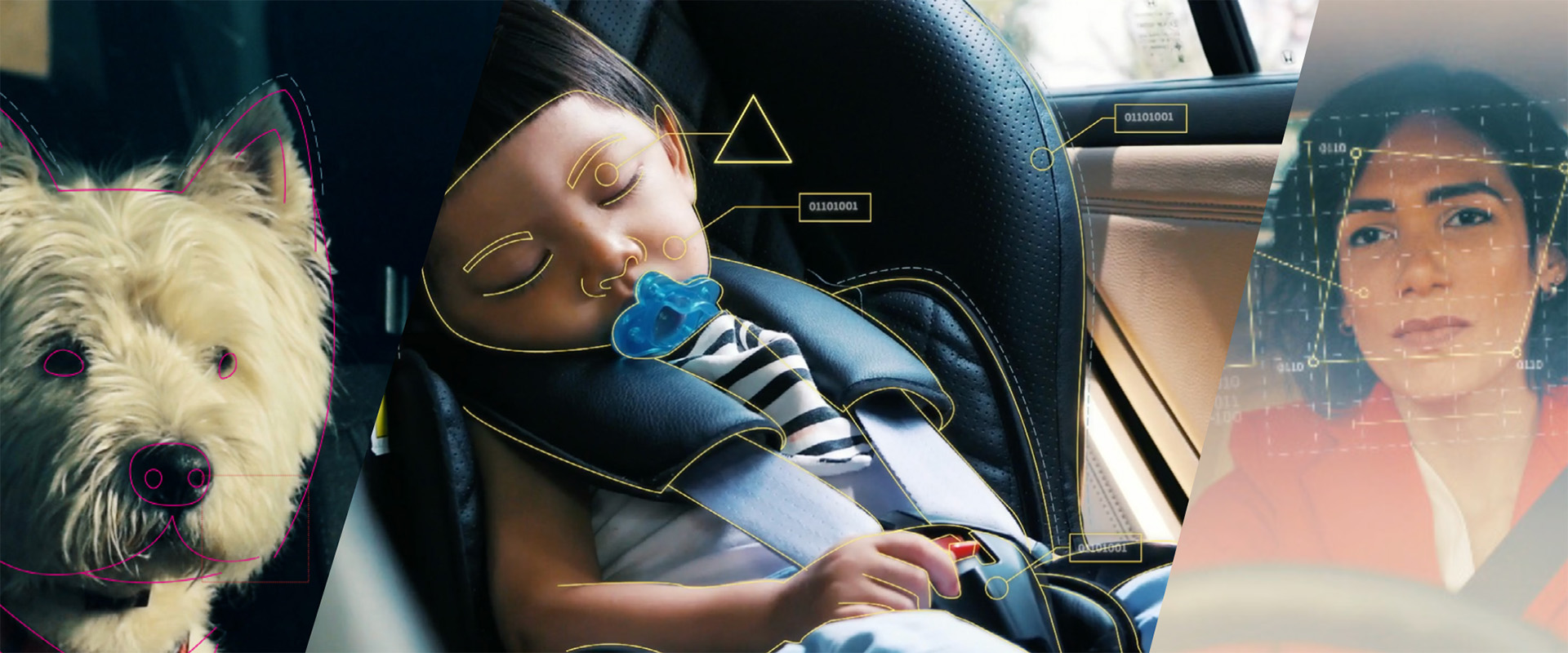EN


Just like a driver monitoring system, an Interior Sensing system is based on sensors and algorithms. But while the sensors in Driver Monitoring System(s) are focused on the driver, Interior Sensing systems gather information about the entire car interior. Using different types of algorithms, the system analyzes the different elements of the scene to gain a comprehensive understanding of what goes on in the car and with the people in it:
– Eye, gaze and head tracking algorithms analyze the eye and head movements of the driver and passengers to determine their mental states and how they interact with the car interior or infotainment – detecting potential signs of drowsiness, distraction or intoxication.
– Action recognition algorithms recognize what the people in the car are doing, whether they are eating, smoking, putting on makeup, or sleeping.
– Face recognition algorithms learn to recognize the passengers present in the car, building up profiles to help the car understand the passengers’ personal preferences over time.
– Gesture recognition algorithms analyze the intentional (gestures for HMI interaction) and non-conscious body language of the driver and occupants.
– Emotion AI algorithms detect the nuanced emotions and complex cognitive states of the people in the car by analyzing facial expressions in context.
– Object detection algorithms are trained to identify and distinguish between different types of objects while registering their exact position in the car.
– Human pose estimation algorithms identify the postures and positions of the people in the car in real-time.

